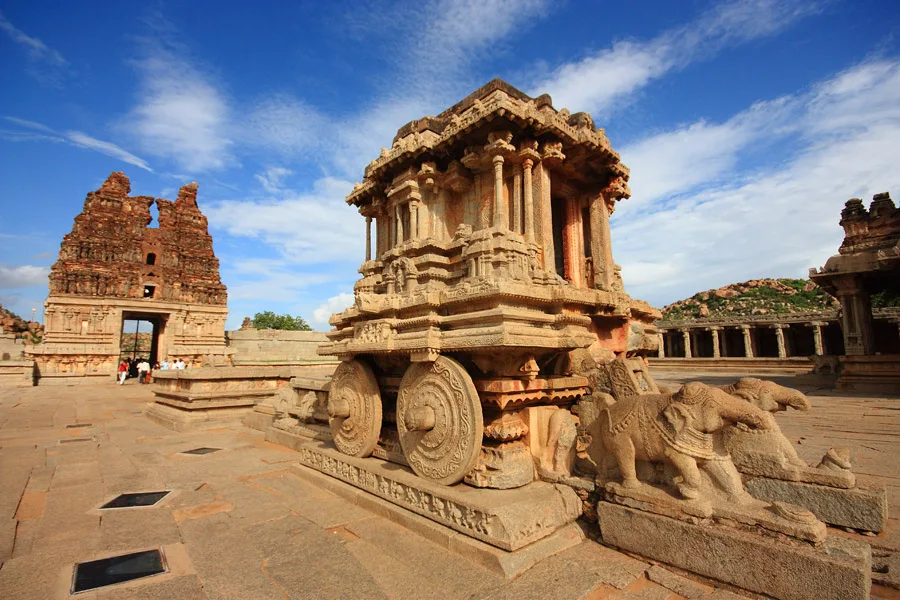Karnataka boasts the second-highest number of protected monuments in India. Beyond the renowned and frequently visited sites in Belur, Halebid, and Hampi, there are numerous structures constructed by rulers from the Chalukyas to the Hoysalas and the Vijayanagara Empire that require urgent attention.
Issues such as encroachment, a lack of historical awareness, and a shortage of experts to preserve these monuments have contributed to their deteriorating condition. According to a recent circular from the Archaeological Survey of India (ASI), there are over 1,400 court cases nationwide involving encroachment, land acquisition, and other related issues.
Encroachments
Currently, there are approximately 150 ASI monuments in Kalaburagi, including Gulbarga Fort and Haft Gumbaz. Historian Shambhuling S. Vani noted that while there were more monuments inside the fort previously, only the world-famous Jamia Masjid and Ranamandala remain today. Jamia Masjid was built during the reign of Mohammad Shah I in 1367. Many of the monuments have been encroached upon, with encroachers constructing houses and shops, leading to court battles over their eviction. The Haft Gumbaz, also known as Saar Gumbaz, has similarly been encroached upon.
Legal battles
The Madikeri Fort, constructed by Haleri kingdom ruler Muddu Raja in the 17th century and later rebuilt by Tipu Sultan in the 18th century, was considered a protected monument by the ASI in 1920 during British rule. However, this designation was later withdrawn when government offices were relocated to the fort premises in 1924. From 1924 until 2019-20, the fort housed government offices and the District Court. A Public Interest Litigation (PIL) filed in 2017 by resident Virupakshaiah led to the protection of the fort, with the High Court ordering its transfer to the Archaeological Department and Rs 10.70 crore allocated for its renovation. The renovation is nearing completion, and a proposal to include the fort under the ASI’s protected monument category has been submitted to the Central Government.
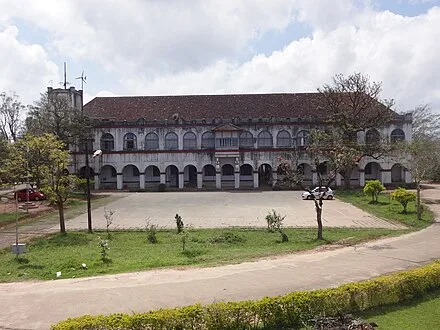
Unrecognised Sites
In Udupi district, several monuments constructed between the 12th and 15th centuries, such as the Anantha Padmanabha Temple, Chaturmukha Basadi, and Gomateshwara Statue in Karkala, remain unrecognised by the ASI as significant. Professor T. Murugesh, a retired professor from the Department of Ancient History and Archaeology, noted that some of the sites and monuments in the district, including rock art sites and Megalithic Dolmen tombs (800 BC), are facing the threat of extinction due to the lack of recognition and protection.
He emphasised that more attention should be paid to Barkur, an important medieval town, where sculptures, inscriptions, and monuments lack protection. The rock art sites in the region, dating back to the Neolithic age, include the Gavali site from 1800 BC, another at Buddana Jeddu from the same period, and the Avalakki Pare site, which dates back to 6000 BC to 10000 BC. Yet, these sites remain unprotected.
Another example is Sulthan Bathery, a historic fort in Boloor, Mangaluru, which was built in 1784 by Tipu Sultan to prevent British warships from entering the river. Today, its stone walls are crumbling under the growth of moss and lichen, with few basic amenities provided for visitors.
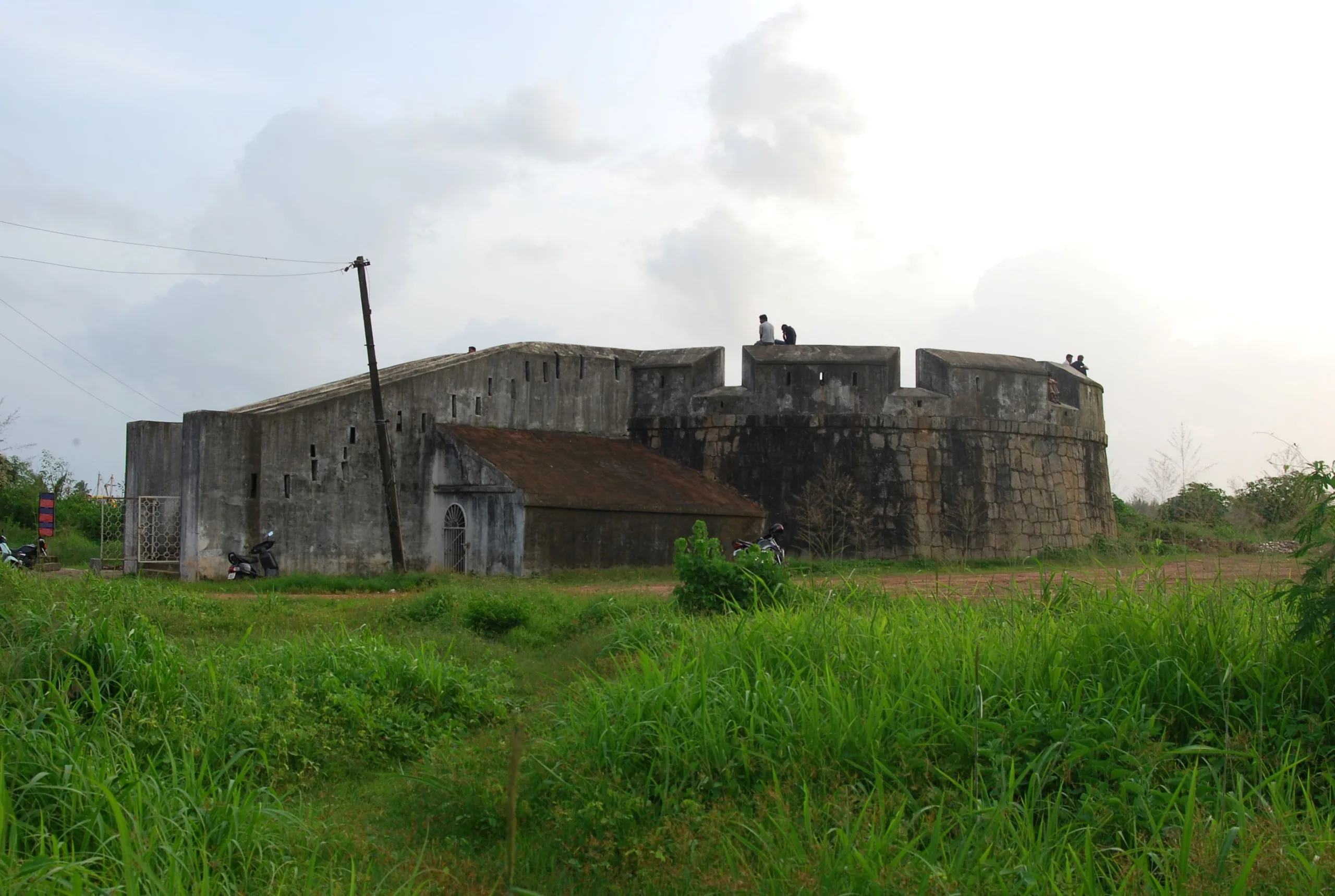
Need for awareness and publicity
The Amruteshwara Temple at Amrutapura in Chikkamagaluru, constructed by Amruteshwara, a general of Hoysala ruler Veera Ballala II in 1196 AD, is well-maintained but requires greater publicity.
The Trikuteshwara Temple in Gadag is one of over 50 temples built by the Western Chalukyas, who ruled the region between 1050 and 1200 CE. This temple, dedicated to Lord Shiva, features three Shiva lingas mounted on the same stone, each representing Brahma, Vishnu, and Maheshwara. However, due to a lack of maintenance, wild plants have begun to grow over the temple’s intricately carved structures.
This temple complex also houses the Saraswathi Temple, where the idol has been vandalised. A kalyani (water tank) exists within the premises, and just a few metres away stands the Someshwara Swamy Temple, built during the same period. The temple is located in a residential area, adjacent to an open sewage drain.
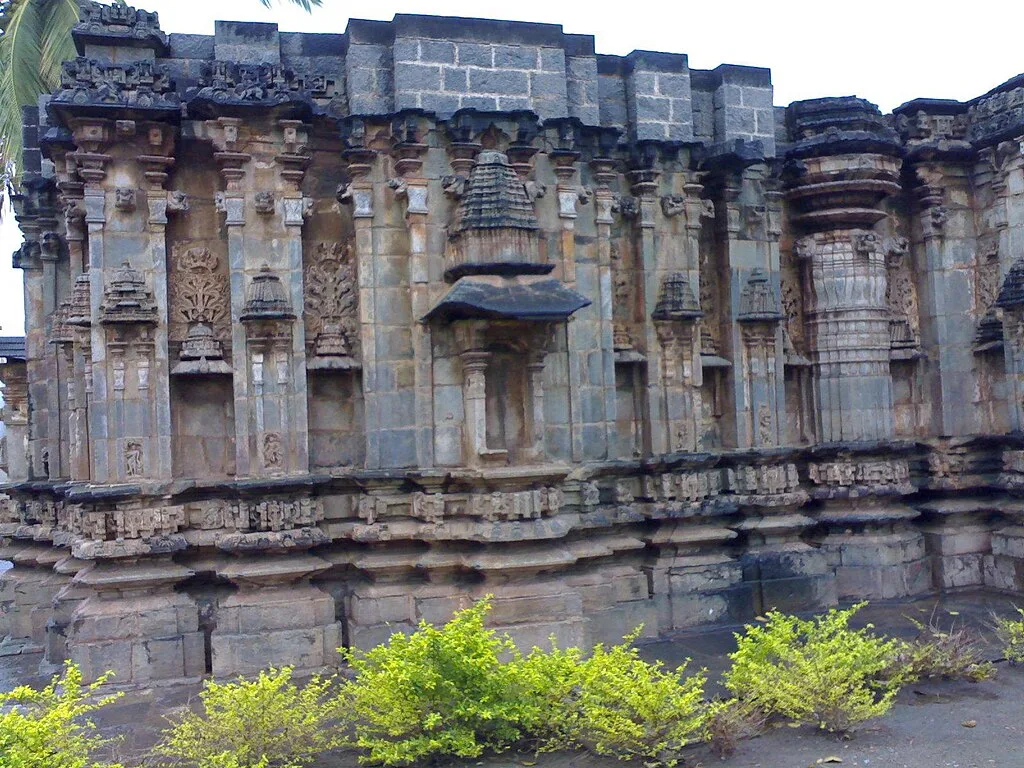
The stone chariot monument located within the Vijaya Vittala Temple in Hampi was constructed by King Krishnadevaraya of the Vijayanagara Empire during the 16th century. Inspired by the chariot of the Konark Sun Temple, which the king encountered during a battle in Odisha, the monument was designed in the Dravidian style of architecture. It is a major attraction for tourists visiting Hampi.
To protect the monument from damage, ASI has placed wooden barricades around it, while CCTV cameras and security personnel monitor it 24/7. The monument is well-maintained, with newly constructed toilets, drinking water facilities, and restaurants. The area within a 2km radius around the monument has been designated as a non-vibration zone, with only electric buggies operated by the ASI allowed. However, due to a lack of publicity, the visitor footfall remains low.
Lack of public infrastructure
Kavaledurga, an ancient monument located in the forested area of the Western Ghats in Hosanagara taluk in Shivamogga, poses a challenge for visitors and trekkers. The original fort of Kavaledurga was built in the 9th century and later renovated and extended by King Cheluva Rangappa of Belagutti in the 14th century. Its marvellous architecture was further renovated in the 16th century by Keladi ruler Hiriya Venkatappa Nayaka, who added seven battlements to protect the fort and renamed it Bhuvanagiri Fort.
The fort was named Kavaledurga due to its proximity to the village of Kauli. It was captured by Hyder Ali in the 18th century, who left his soldiers, the Kavalugararu, to protect the fort from enemies. Within the fort, three temples still exist – Kashi Vishwanath Temple, Sri Lakshmi Narayana Temple, and Shikareshwara Temple. Although the ASI maintains the area, the site requires basic amenities.
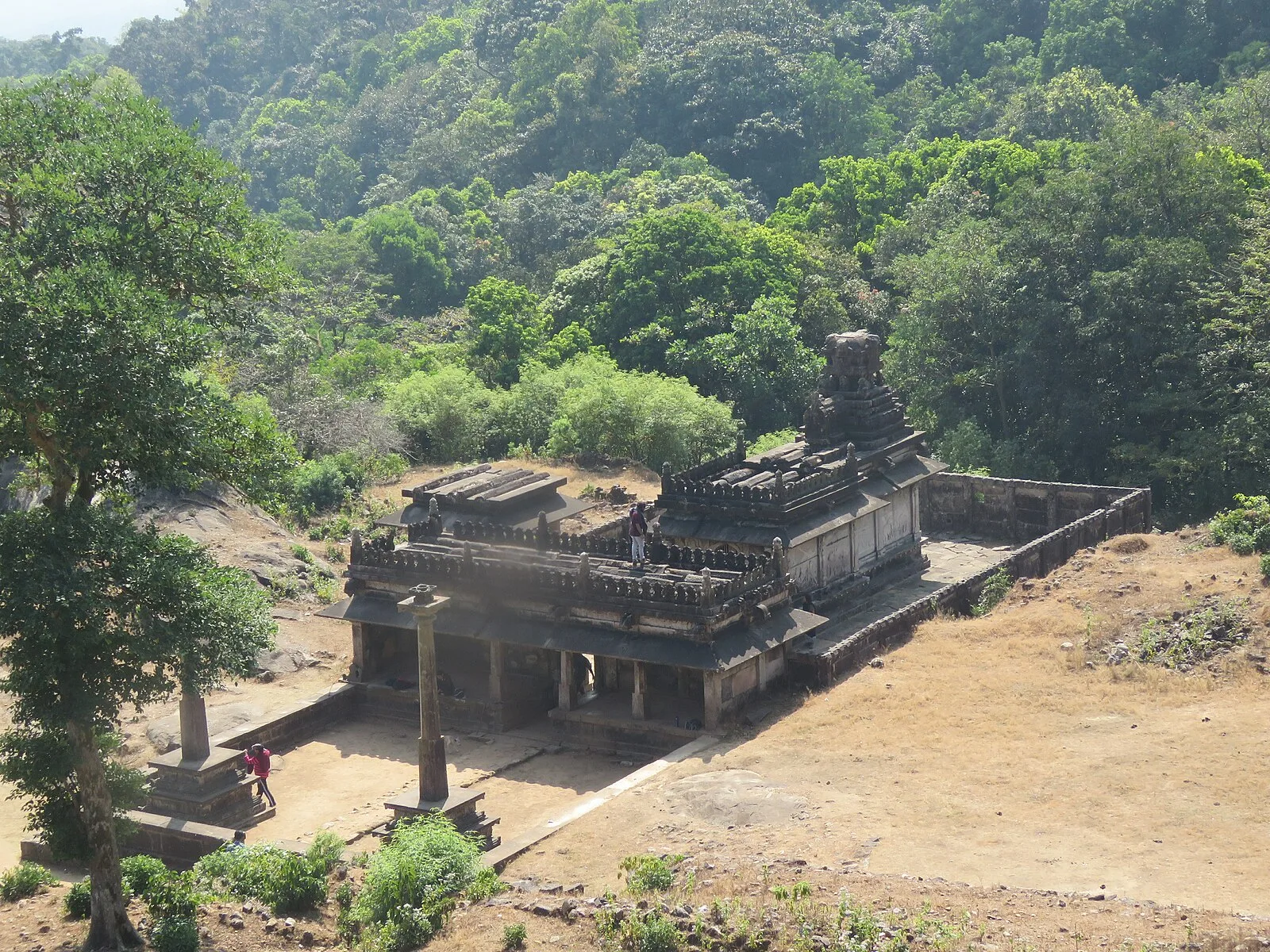
Hassan district is home to 20 ASI-protected monuments and one protected inscription, including the Chennakeshava Temple in Belur, the Hoysaleshwara and Kedareshwara temples in Halebid, the 57-foot Gomateshwara statue, and Manjarabad Fort in Sakleshpur. These temples, constructed between the 12th and 13th centuries by the Hoysala and Ganga dynasty kings, including Vishnuvardhana and Veera Ballala II, lack basic amenities despite multiple requests from tourist guides, temple development committees, and locals.
